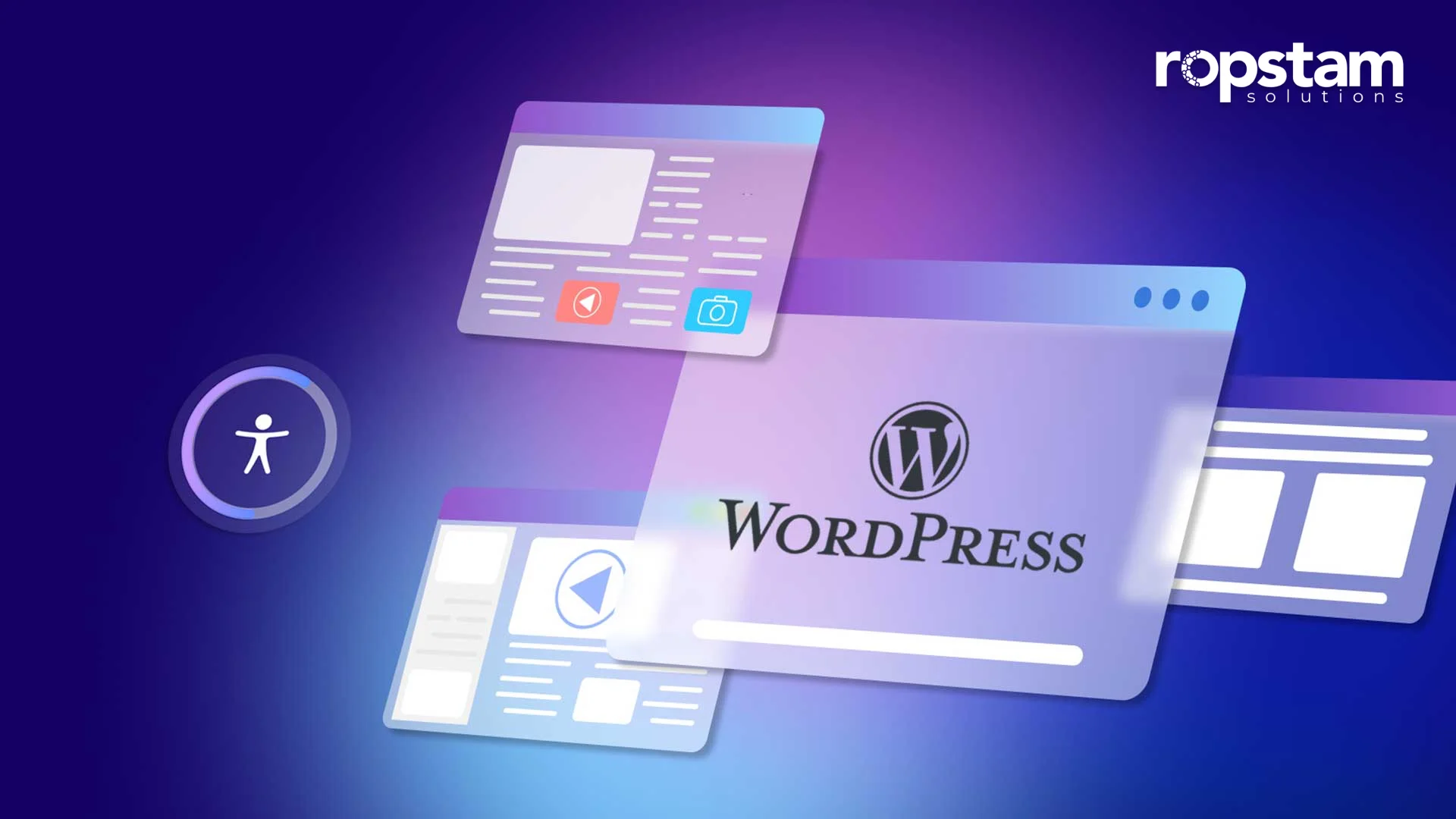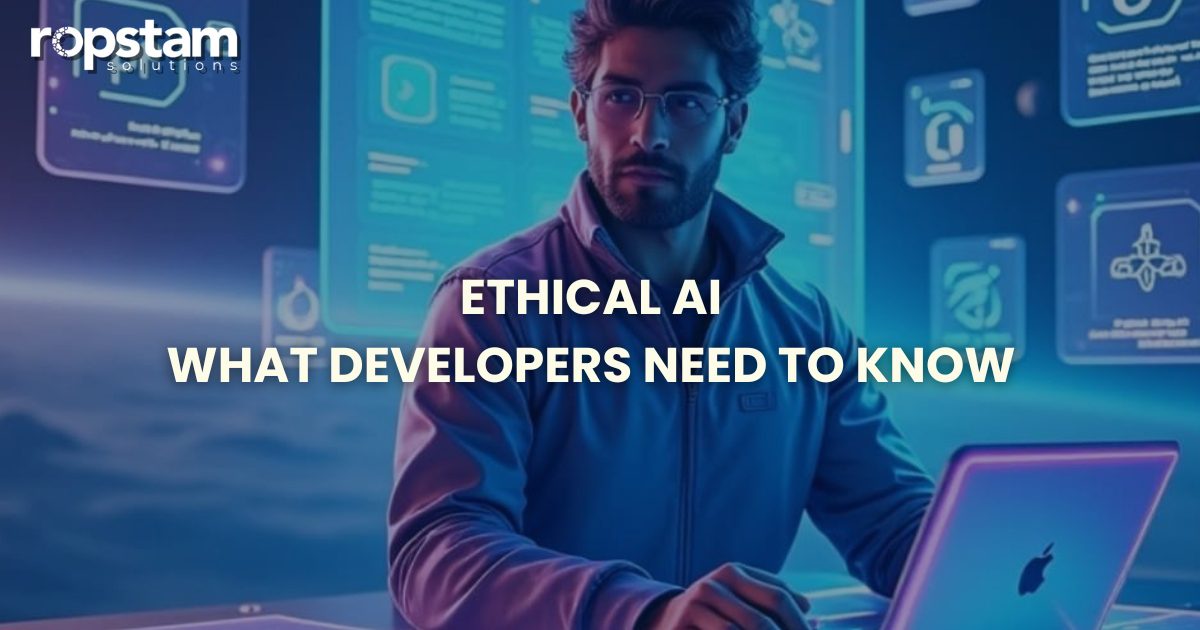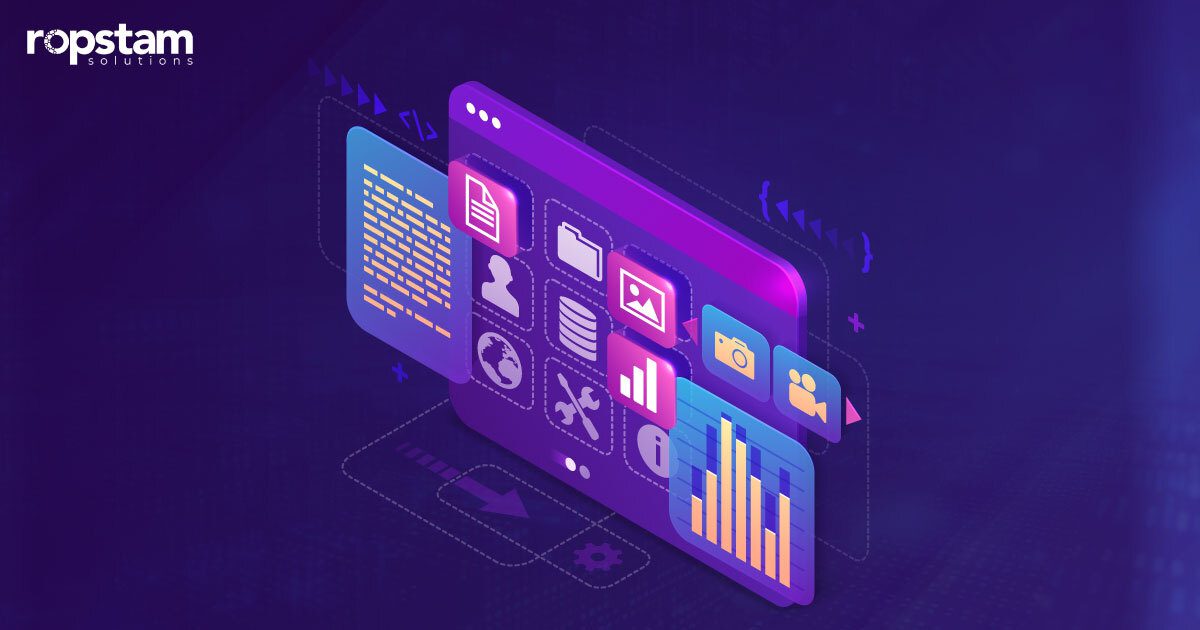Developing accessible WordPress themes transcends mere visual design; it encompasses creating inclusive digital experiences that cater to users of all abilities. Accessibility is not just a design consideration but a fundamental aspect of web development that ensures equal access to information and functionality. This comprehensive guide delves into the multifaceted approach required to develop accessible WordPress themes, highlighting the importance of understanding accessibility requirements, legal and ethical considerations, diverse user needs, and the technical implementation of accessibility features.
Understanding Accessibility Requirements
Accessibility in web development refers to designing and building websites that can be used by people with a wide range of abilities and disabilities. This includes individuals with visual, auditory, motor, and cognitive impairments. The Web Content Accessibility Guidelines (WCAG) provide a set of recommendations for making web content more accessible. These guidelines are structured around four principles: Perceivable, Operable, Understandable, and Robust (POUR). Adhering to these principles ensures that content is accessible to a broader audience
Legal and Ethical Perspectives
Beyond the moral imperative of inclusivity, there are legal obligations associated with web accessibility. In the United States, the Americans with Disabilities Act (ADA) mandates that public accommodations, including websites, be accessible to individuals with disabilities. Failure to comply can result in legal consequences. Ethically, accessible design promotes equal opportunity and prevents discrimination, aligning with the broader goals of social responsibility and inclusivity.
Diverse User Needs
Understanding the diverse needs of users is crucial in developing accessible themes. Users may rely on screen readers, keyboard navigation, or other assistive technologies. Some may have color vision deficiencies, necessitating sufficient color contrast. Others may have cognitive impairments requiring clear and straightforward content. Recognizing and accommodating these varied needs ensures that the website is usable and beneficial to all users.
Designing an Accessible WordPress Theme
Creating an accessible WordPress theme involves thoughtful design and development practices. This includes selecting appropriate color schemes with sufficient contrast, ensuring text is resizable, and providing clear navigation structures. Interactive elements should be easily identifiable and operable. Moreover, the theme should be responsive, adapting seamlessly to different devices and screen sizes, which is essential for users relying on various assistive technologies.
Semantic HTML and ARIA
Utilizing semantic HTML is foundational in accessible web development. Semantic elements like <header>, <nav>, <main>, and <footer> provide meaningful structure, aiding assistive technologies in interpreting the content. When native HTML elements are insufficient, ARIA (Accessible Rich Internet Applications) roles and attributes can enhance accessibility. However, ARIA should be used judiciously, as improper use can lead to confusion and hinder accessibility. It’s essential to prioritize semantic HTML and resort to ARIA only when necessary.
Keyboard Navigation and Focus Management
Ensuring that all interactive elements are accessible via keyboard is vital. Users should be able to navigate through the website using the Tab key, with a visible focus indicator highlighting the current element. Logical tab order and proper focus management prevent users from getting lost or stuck while navigating. Implementing skip links allows users to bypass repetitive content, enhancing the overall user experience.
Testing for Accessibility
Testing is a critical component in developing accessible themes. It involves both automated and manual testing methods to identify and rectify accessibility issues.
Automated Testing Tools
Automated tools can quickly scan websites for common accessibility issues. Tools like Accessibility Checker, WP Accessibility, and One Click Accessibility are specifically designed for WordPress and can identify problems such as missing alt text, insufficient color contrast, and improper heading structures. These tools provide a valuable starting point in the accessibility testing process.
Manual Testing Techniques
While automated tools are efficient, manual testing is indispensable for uncovering issues that tools might miss. This includes navigating the website using only a keyboard, testing with screen readers like NVDA or VoiceOver, and evaluating the site’s usability for individuals with cognitive impairments. Manual testing provides insights into the actual user experience, ensuring that the website is genuinely accessible.
Integrating Accessibility into Development Workflow
Incorporating accessibility into the development workflow from the outset is more effective than retrofitting it later. This involves educating the development team about accessibility standards, integrating accessibility checks into the development process, and continuously testing for compliance. Using version control systems and code review practices can help maintain accessibility standards throughout the development lifecycle.
Accessibility as a Continuous Practice
Accessibility is not a one-time task but an ongoing commitment. As content and technologies evolve, continuous monitoring and updates are necessary to maintain accessibility. Regular audits, user feedback, and staying abreast of updates to accessibility guidelines ensure that the website remains inclusive and compliant over time.
Contributing to the WordPress Community
Developers can contribute to the broader WordPress community by sharing accessible themes and plugins, participating in accessibility discussions, and contributing to the WordPress Accessibility Team. Engaging with the community fosters a collaborative environment where best practices are shared, and collective efforts lead to a more accessible web.
Conclusion
Developing accessible WordPress themes is a multifaceted endeavor that extends beyond visual design. It requires a comprehensive understanding of accessibility principles, legal and ethical considerations, and the diverse needs of users. By integrating semantic HTML, ensuring keyboard navigability, conducting thorough testing, and embedding accessibility into the development workflow, developers can create inclusive digital experiences. Accessibility is an ongoing practice that benefits not only users with disabilities but enhances the overall user experience, reflecting a commitment to inclusivity and equal access for all.












